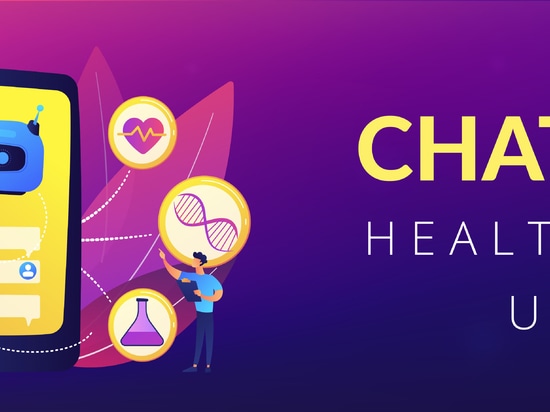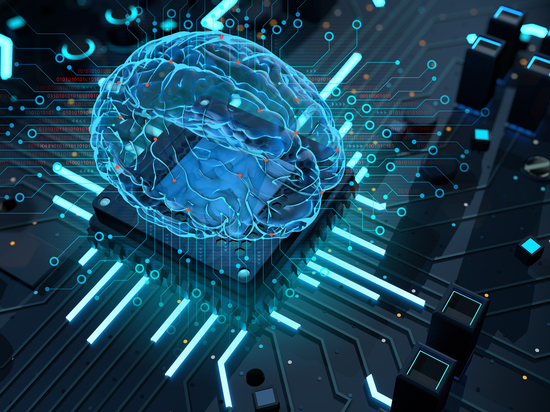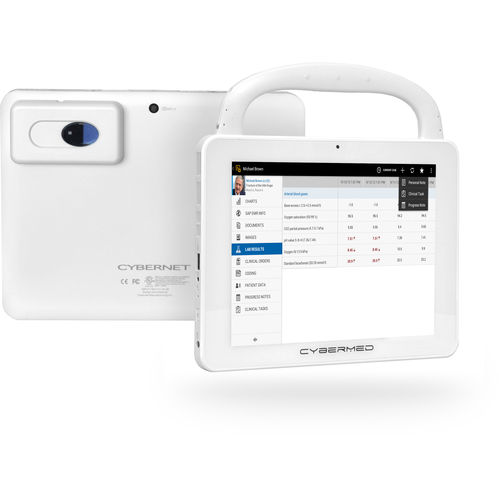
#Industry News
CHATBOT FOR HEALTHCARE: A NEW ERA IN PATIENT CARE
Are you ready for an AI provider?
A chatbot, which mimics help desks and similar aids, sounds more human today thanks to artificial intelligence (AI). Let’s look at the advantages and disadvantages of chatbot for healthcare.
Chatbots have been around since the Sixties. Let’s take a brief look at their history before shifting to chatbots in healthcare, their advantages and the disadvantages.
What is a Chatbot and How Does it Work?
The first chatbot was ELIZA. Developed by computer scientist Joseph Weizenbaum in 1966, the “chatterbot” was designed to explore communication between humans and computers. ELIZA simulated a psychotherapist with specific responses to its “patients” questions.
ELIZA is what would be called today a traditional chatbot. It is pre-programmed on what questions to respond to, with answers that are scripted. The communication abilities of these bots lack adaptability, dynamism, flexibility, and nuance expected in regular human interaction.
A step above traditional chatbots are AI chatbots, or conversational AI or adaptive communication bots. These programs use cutting-edge artificial intelligence technologies like machine learning, natural language processing, and neural networks to simulate communication like a human being. They can do all this without their human programmers intervention or input.
What are the Advantages of Healthcare Chatbots?
Today’s healthcare sector is a complex network of providers, medical staff, support personnel, medical tools and technologies. All are striving to provide the best for their patient experiences. To meet this lofty expectation, many are turning to technological means like chatbots for healthcare. The programs have been shown to be effective in:
Being available 24/7/365 - Chatbots can be on constantly, with no need for breaks. They can handle many routine questions like available clinic hours or best meds for a headache. This allows human staff to concentrate on the more complex issues.
Being anonymous - There are many people not comfortable discussing certain medical conditions outside of their Primary Care Physician (PCP). They find chatbots more comfortable to deal with since they’re not a person.
Offering assistance - Chatbots can provide information ranging from the quickest route to an ER to which procedures are covered by the patient’s insurance.
Providing rapid access to critical info - A chatbot can be linked to a patient's EMR to pull up, let’s say, their prescription records. It can then be asked to see if the listed medications have adverse effects with any new ones.
Reducing costs - Chatbots can provide straightforward medical advice which could help lessen chances of costly medical procedures later. An example would be telling a patient to get an X-ray asap for that small lesion on their breast. One study back in 2017 showed chatbots reducing healthcare costs by $3.6 million.
Reducing wait time - Chatbots do not need to engage with patients one at a time. They can simultaneously assist multiple ones. A good example of this is scheduling appointments.
It’s not just patients who use chatbots for healthcare. A provider could have the chatbot pull up their next patient’s information from a variety of sources like EMR, the medical tablet they were using to check in, etc. They can then be instructed to highlight the most pressing matters. This way, the provider can determine the next steps for treatment without delay.
Even better, the chatbot could suggest particular treatment plans based on categories like highest risks to what is covered by the patient’s current health plan(s). These can help lower costs from unnecessary tests, treatments, possible hospital visits, as well as reduce workload.
What are the Disadvantages of a Chatbot for Healthcare?
Having been around for nearly 60 years, chatbots in healthcare have been intensely scrutinized by many people within the industry.
And with good reason. Here are three concerns:
Security and Privacy
What are the risks of using healthcare chatbots? This is a common question. Healthcare facilities from medical offices to hospitals collect, use, and share a huge amount of patient information among themselves as well as related industries like health insurance. That info is valuable in the marketplace both legally and illegally. To secure the sensitive info, the government imposes the Health Insurance Portability and Accountability Act (HIPAA).
HIPAA aims to keep patient data secure from unauthorized access and misuse. Since chatbots have access to such sensitive information like medical records, they should comply with HIPAA regulations (aka “HIPAA-compliant”). Medical computers accessing their data should be equipped with features like Single Sign On (SSO) solution provided from RFID readers and Imprivata identification software.
Many patients are turning to chatbots to help with the self-diagnosis of minor illnesses like a mild headache. There’s concern that patients will grow to trust chatbots more as they become more human-like in response. This could lead to a lessening in visits to medical professionals.
This is dangerous. The technology is not even close to replacing providers. For example, chatbots cannot read body language. Nor are they able to take all the personal details associated with the patient like obvious agitation during a visit.
Also, chatbots have been known to give garbled answers. This may happen when forced to answer a flood of questions from patients. This could raise the possibilities of lost trust with the medical institution or lead to liabilities.
Lack of Empathy
Chatbots of today can seem very human-like especially when compared to traditional chatbots of yesteryear. Many may sound like they are actually empathetic to patients.
This is not real. Chatbots have not reached a sophistication level where they can differentiate the tone of people they’re interacting with, for example. They will have difficulty in correctly “reading” a patient who wants to talk casually, another who’s more formal, while yet another who may want to chat humorously. Patients may feel they’re not getting the right tone of attention, a crucial part in any form of customer service.
Even something as common as typical pauses in conversations can derail chatbots. Many will simply ask the patient to repeat themselves. Unfortunately, people who are mentally ill, or dealing with stress, anxiety, or loneliness, may misinterpret such pauses and become even more frustrated than before. Many chatbots because of this issue offer ways to connect to live operators to minimize any possible problems.
Closing Thoughts
Chatbots are programs that mimic human interaction with users, usually through virtual means. A chatbot for healthcare delivers information, medical or otherwise, to patients as though coming from a human operator.
Contact an expert at Cybernet if you’re interested in learning more about AI chatbots for your medical group especially its advantages when paired with medical computers and tablets.








